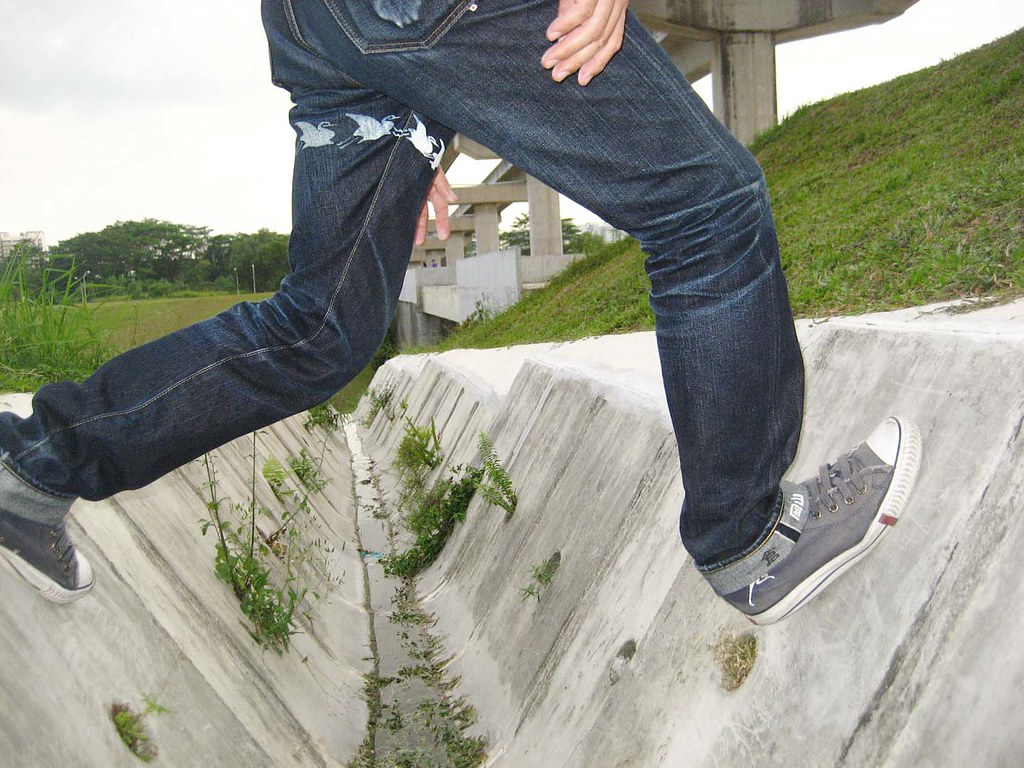The construction industry, with its diverse and intricate processes, relies heavily on effective water management. One critical aspect of this management is the construction of cross drainage works, especially when canals intersect with natural drains. In this extensive educational journey, we will go deeply into the world of cross drainage works, exploring various types, understanding their functions, and considering the essential factors involved in their construction.
In the dynamic realm of construction, the careful handling of water flow is paramount. Cross drainage works represent a crucial facet of this process, ensuring the seamless integration of canals and natural drains while preventing the undesirable mixing of drain and canal water. Let’s embark on an educational exploration, expanding our understanding of these structures, their diverse types, and the considerations that shape their construction.

Types of Cross Drainage Works
Type – 1: Cross drainage work carrying canal over the drain
Aqueduct
Our journey begins with the aqueduct, a structural marvel where the canal is constructed above the drainage. Picture a trough supported by an array of piers, allowing canal water to flow gracefully from upstream to downstream. The high flood level (HFL) remains below the canal bed level, showcasing the ingenuity of this engineering feat. Much like a bridge, an aqueduct efficiently separates canal and drainage waters.
Syphon Aqueduct
Delving deeper into the aqueduct category, we encounter the syphon aqueduct. Here, the canal water is carried above the drainage, but with a unique twist—the HFL of drainage surpasses the canal trough. Syphonic action, devoid of atmospheric pressure, facilitates the smooth flow of drainage water. Despite its higher cost, the syphon aqueduct often takes precedence over its simpler counterpart due to its enhanced efficiency.
Type – 2: Cross Drainage work carrying Drainage over the canal
Super Passage
Transitioning to the second type, we encounter the super passage, a structure that carries drainage above the canal. The drainage trough is strategically constructed at road level, facilitating the downstream flow of drainage water. Piers beneath the drainage trough provide support for the canal water, forming a reverse of the aqueduct structure.
Canal Syphon
Within this type, the canal syphon emerges as a noteworthy structure. Similar to a super passage, it carries drainage over the canal, but with a crucial distinction—the full supply level (FSL) of the canal is above the drainage trough. This subtle difference results in canal water flowing under syphonic action, eliminating the need for atmospheric pressure in the canal. While canal syphons serve their purpose, they come with certain disadvantages, making them less favored than super passages in some scenarios.
Type –3: Cross drainage works admitting canal water into the canal
Level Crossing
As we progress to the third type, we encounter the level crossing—a structure constructed when the bed level of the canal aligns with that of the drainage. This intricate setup involves the construction of weirs to impede drainage water, canal regulators for controlled water flow, and head regulators to manage drainage. The functionality of a level crossing hinges on the strategic opening and closing of regulators to ensure the optimal balance between canal and drainage water during peak supply times.
Canal Inlets
Concluding this type, we explore canal inlets—an intriguing structure where minimal drainage water is admitted into the canal through its banks. This selective intake is followed by a journey through the canal, culminating in an outlet strategically designed to create suction pressure and expel drainage solids. However, the use of canal inlets comes with its share of challenges, including the potential pollution of canal water and the risk of bank erosion, elevating maintenance costs.
Considerations in Cross Drainage Works
As we navigate through the diverse landscape of cross drainage works, it is imperative to understand the considerations that shape their construction. Each type comes with its own set of advantages and challenges, requiring careful analysis to make informed decisions.
Economic Factors:
The economic aspect plays a pivotal role in choosing the most suitable cross drainage work for a particular scenario. Aqueducts and syphon aqueducts, while effective, tend to be costlier due to their intricate designs. On the other hand, super passages and canal syphons offer alternatives that balance functionality with economic feasibility.
Functionality:
Understanding the functionality of each type is crucial for selecting the appropriate cross drainage work. Aqueducts and syphon aqueducts, with their elevated canal structures, effectively separate drainage and canal water. Super passages and canal syphons, by carrying drainage over the canal, offer reverse solutions with their own unique functionalities. Level crossings and canal inlets, admitting drainage into the canal, provide cost-effective options but demand careful planning to mitigate associated challenges.
Maintenance Considerations:
The long-term maintenance of cross drainage works is a critical aspect that cannot be overlooked. Syphon aqueducts, despite their advantages, may pose challenges in the removal of deposited minerals or sediments due to the canal water being above the drainage trough. Similarly, canal inlets, with their potential for pollution and bank erosion, require meticulous maintenance strategies to ensure sustained functionality.
Conclusion:
In this comprehensive exploration of cross drainage works, we’ve journeyed through the intricacies of aqueducts, syphon aqueducts, super passages, canal syphons, level crossings, and canal inlets. Each type brings its own set of advantages and challenges to the table, demanding careful consideration from engineers and planners in the construction industry.
The economic feasibility, functionality, and long-term maintenance requirements of these structures must be weighed judiciously. The art of constructing cross drainage works lies in selecting the most suitable type for a given scenario, ensuring that water management within construction projects is not only efficient but also sustainable in the long run.
As we conclude this educational exploration, let it serve as a guide for those navigating the intricate landscape of cross drainage works in construction—a testament to the fusion of engineering brilliance and environmental harmony.
